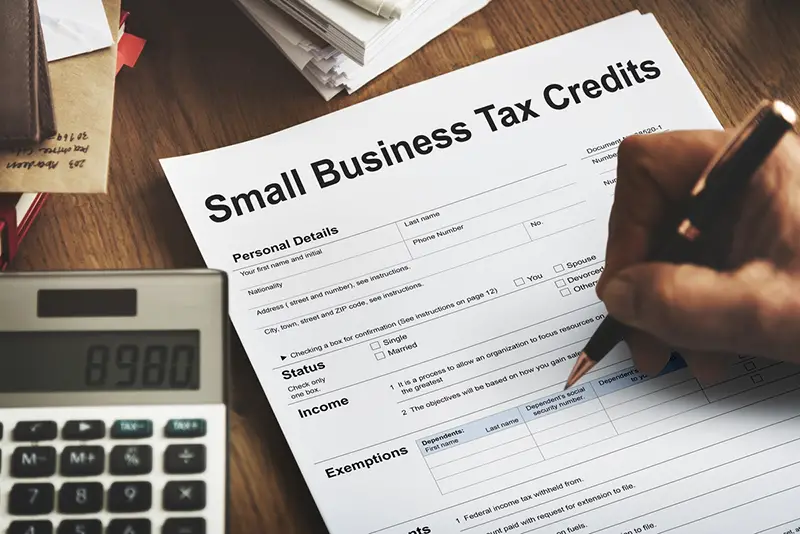Click here to get this post in PDF
Running a small business can be your way through passage to financial freedom, especially if you understand all the ins and outs of the industry you are in. Nonetheless, it is your responsibility to be on the right side of the law by ensuring you follow the correct business tax filing process. Most small businesses clash with the relevant authorities because the owners do not understand the essence and the process of tax filing. If you are one of such entrepreneurs, the information explained below will help you grasp the tax filing process.
The Steps To Follow In Filing Your Small Business Taxes
Ensure You Have All The Necessary Records Ready
The first thing to do when filing your returns is to ensure you have all the relevant documents in front of you. The primary records you should have are those showing what your business expenses and revenues are. In that case, you are responsible for keeping track of such records throughout the year. It can sometimes be a headache to remember all your expenditures and earnings, but you must do it. Fortunately, that has been made easier by modern technology. That is why it is advisable to consider storing your business information on a computer or laptop for easier retrieval. Besides the ease of access, modern technology reduces the paper load in your office, leading to reduced waste and minimizing adverse effects on the environment.
Get The Appropriate Tax Form
Tax forms differ depending on the operations carried out in particular businesses. The IRS has put this in place to make it easier for business people to understand which document they should get when filing their returns. Therefore, you have to ensure you know which form you should collect when filing your business taxes with the IRS. If you run a limited liability company and are the sole owner, the form you are supposed to get is a Schedule C attachment, which is also used for a sole proprietorship. On the flip side, if your company is a corporation, you will need to have a different corporate tax return form, Form 1120 or Form 1120S, if you operate an S-Corp.
Fill Out Your Tax Form
After getting the correct form, the next thing is to fill it in with the right business information. That may sound technical, but the internet is there to help you. Several online platforms, including the IRS website, can generate the right form for your company. Nonetheless, you need to ensure that the financial information you feed into the system is accurate. Filing a Schedule C form is straightforward, considering it is only a two-page document.
The main thing here is to calculate your net profit, which you do by subtracting your expenses from your earnings. Next, you need to include the figure you get as your net profit in your personal income tax form. On the other hand, filling out Form 1120 is very similar to the above-explained procedure, but you may be required to include more information when filling it out. In most cases, Form 1120 is not appropriate for small businesses, so you have nothing to worry about.
Keep Track Of The Deadline
The fines that come with failure to file your business returns can negatively affect your earnings. Therefore, you have to know when the deadline is for filing your returns. Paying your business taxes on time is beneficial because the government uses that money to improve different things, including infrastructure, education, and health. With such in mind, you should embrace the idea of filing your business returns before it is too late.
You may also like: 6 Helpful Tax Deductions for Small Businesses
Image source: Rawpixel.com

